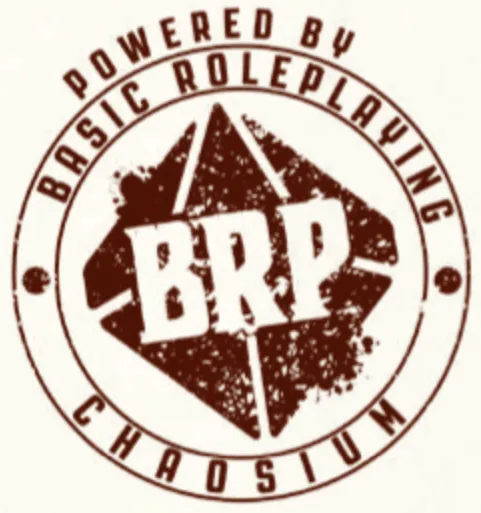Is tinkering a boon or a bane? This is an ongoing discussion on the Western Continent of Boresia. The 1st and the 2nd Boresian War have shown that this kind of technological advancement can be used for bad things like waging war. Also, some catastrophic accidents at the Gnome Workshop are a clear sign that building machines and constructs is highly dangerous. The dwarves and the gnomes love it, the elves hate it, the humans of Farenia are used to have the products at their hands, as those make life so much easier for many of them.
Career
Career Progression
| Title | Duration | Progression Requirement |
|---|---|---|
| Tinker Apprentice | 2 years | test required to join |
| Tinker Assistant | 2 years | test and certification required |
| Tinkerer | lifetime or until promotion | test and certification required |
| Master Tinkerer | lifetime or until promotion | test and certification required |
| Elder Tinkerer | lifetime or until promotion | after 15 years |
| High Tinkerer | lifetime or until voted out | elected by the Elder Tinkerers from within their rank |
- Battlesmith
- Inventor
- Scavenger
- Toy Maker
- Clockmaker
Payment & Reimbursement
Tinkering is a profession that comes with inherent risks, and as such, the payment for services rendered is set at a higher rate. However, there is an interesting arrangement in place where a portion of the payment is withheld by the employer for specific purposes:
Compensation and Protection: In the event of accidents or injuries suffered by the Tinkerer, such as the loss of a limb or an eye, the withheld funds are utilized as compensation. Likewise, in the unfortunate case of the Tinkerer's demise, the money is provided to support their family.
Retirement Benefit: Half of the held-back funds are reserved as a retirement benefit for the Tinkerer. This arrangement encourages Tinkerers to remain loyal to the workshop where they began their career, as they will receive this financial support upon retirement.
Starting a New Workshop: Another option for accessing the withheld funds arises when a Tinkerer becomes a Master Tinkerer and decides to establish their own workshop. In this scenario, the previous workshop owner is obliged to release the money as a startup fund for the Tinkerer's new business. Although a portion of the funds is typically used to cover certification fees and other expenses mandated by the Tinkerer guild, there is usually enough remaining to acquire or rent a small workshop and hire the first Tinker Apprentice.
This system ensures that Tinkerers are protected in case of accidents, rewards their long-term dedication to a workshop, and offers opportunities for growth and independence within the profession.
Operations
Tools
Tinker Workshops need a full blacksmith's equipment including a wide range of tools like hammers, pliers, screwdrivers, wrenches, files, and drills for manipulating and assembling materials.
Materials
Tinkering requires all kind of materials:
- Various types of metals such as iron, steel, copper, brass, and aluminum for constructing mechanical components and structures.
- Small mechanical parts used for transmitting motion and power, often made of metal or occasionally wood.
- Coiled wires or strips of metal used to store and release energy, providing tension and movement in mechanical devices.
- Wood: Used for creating framework, handles, and other components that require a lightweight and sturdy material.
- Transparent or translucent material used for lenses, windows, and containers, especially for devices involving optics or chemical reactions.
- Energy storage devices such as batteries, capacitors, or magical crystals to provide power for electrical or magical tinkering.
- Gems and Gemstones: Decorative elements or components with magical properties, often used to enhance the aesthetics or functionality of a tinkerer's creations.
- Various substances including acids, solvents, lubricants, and adhesives for cleaning, treating, and bonding materials.
- Fabric and Leather: Materials for creating protective gear, clothing, and upholstery for tinkered devices or personal use.
- Aeum (for magical empowered gadgets)
Workplace
The majority of Tinker Workshops are equipped with spacious testing grounds specifically designed to accommodate minor to medium-scale explosions. Additionally, these workshops feature secure containment areas dedicated to storing "critical" materials, ensuring their safe handling and preventing any potential risks.
Provided Services
Examples of Tinkering results see Gnomish Expeditionary Force.
Dangers & Hazards
Tinkering often involves the creation of products that incorporate explosive or otherwise hazardous components. This is particularly true for gnomish Research and Development (R&D) teams, who enthusiastically experiment with these elements until they ultimately determine that the explosive aspects are unnecessary or even undesirable for the final product.




This sounds like a really fun (though dangerous) profession. I love how much career progression there is for a skilled tinkerer! :D